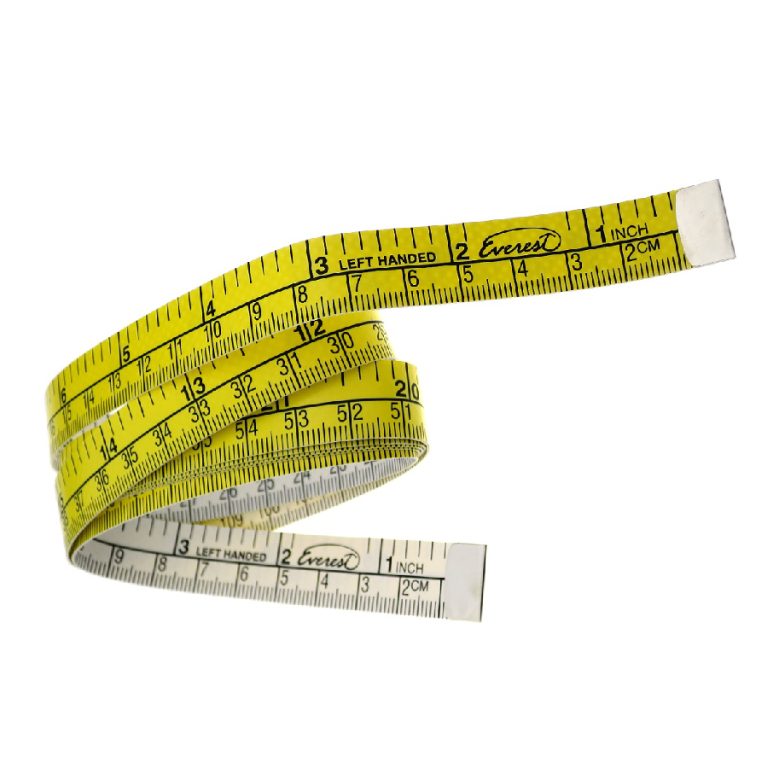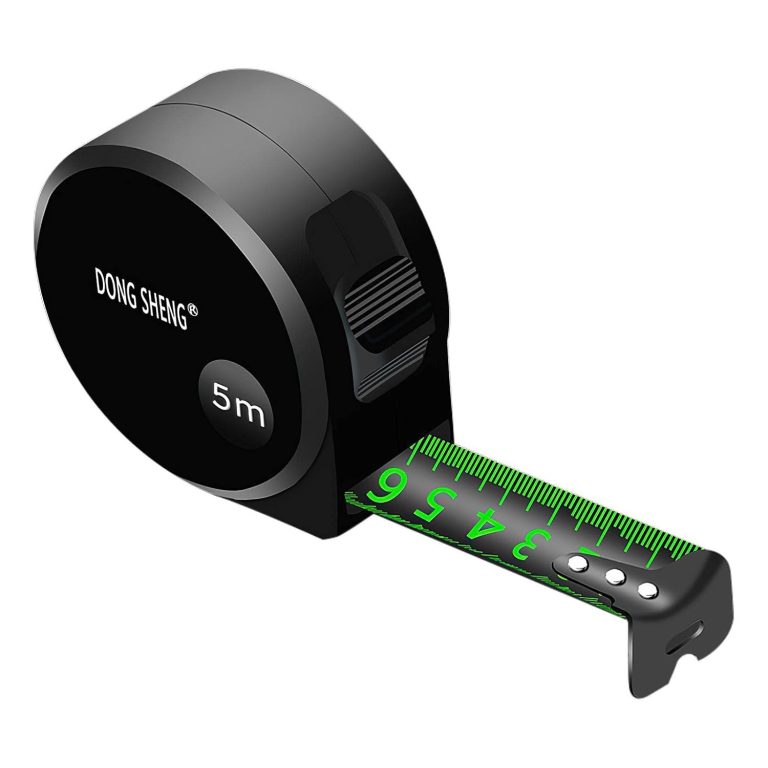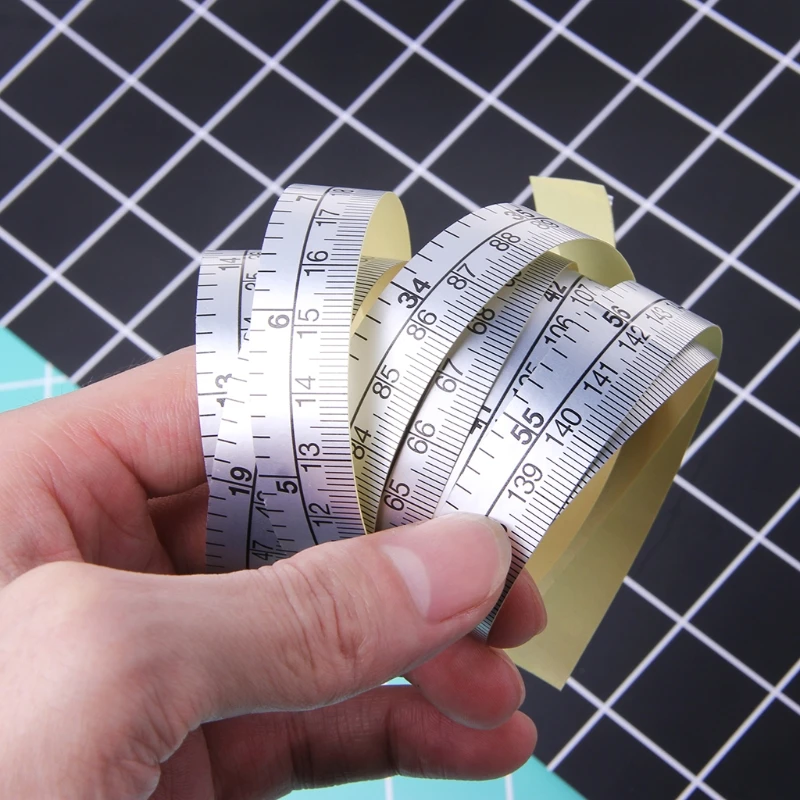
Tape Measure Fractions: A Complete Guide for DIY Projects
When it comes to measuring tasks, whether for DIY projects, construction, or tailoring, precision is paramount. A common tool that professionals and hobbyists alike rely on is the tape measure. However, understanding tape measure fractions is essential to achieve accurate measurements consistently. This guide delves deep into the world of tape measure fractions, offering insights, tips, and best practices to enhance your measuring skills.
Understanding Fractional Read Tape Measures
Tape measures are indispensable tools in various fields, providing the means to measure lengths accurately. However, the effectiveness of a tape measure heavily depends on the user’s ability to interpret and utilize its fractional markings correctly.
The Basics of Tape Measure Fractions
At its core, a tape measure is marked with a series of numbers and lines that represent different units of measurement. The primary markings are usually in inches, with each inch further divided into smaller fractions. Understanding these fractions is crucial for precise measurements.
Most tape measures display fractions such as 1/16, 1/8, 1/4, and 1/2 inches. These divisions allow users to measure with a high degree of accuracy. For instance, recognizing that 1/16 inch is equivalent to approximately 0.0625 inches can help in tasks requiring meticulous precision.
Why Fractions Matter in Tape Measures
Fractions on a tape measure provide the granularity needed for detailed measurements. Whether you’re cutting wood, fabric, or installing fixtures, being able to read fractions accurately ensures that your work fits perfectly. Misinterpreting these fractions can lead to errors, which might compromise the quality of your project.
Moreover, understanding tape measure fractions is not just about reading them; it’s about applying them effectively. This means knowing how to convert between fractions and decimals when necessary and being able to visualize measurements to estimate lengths correctly.
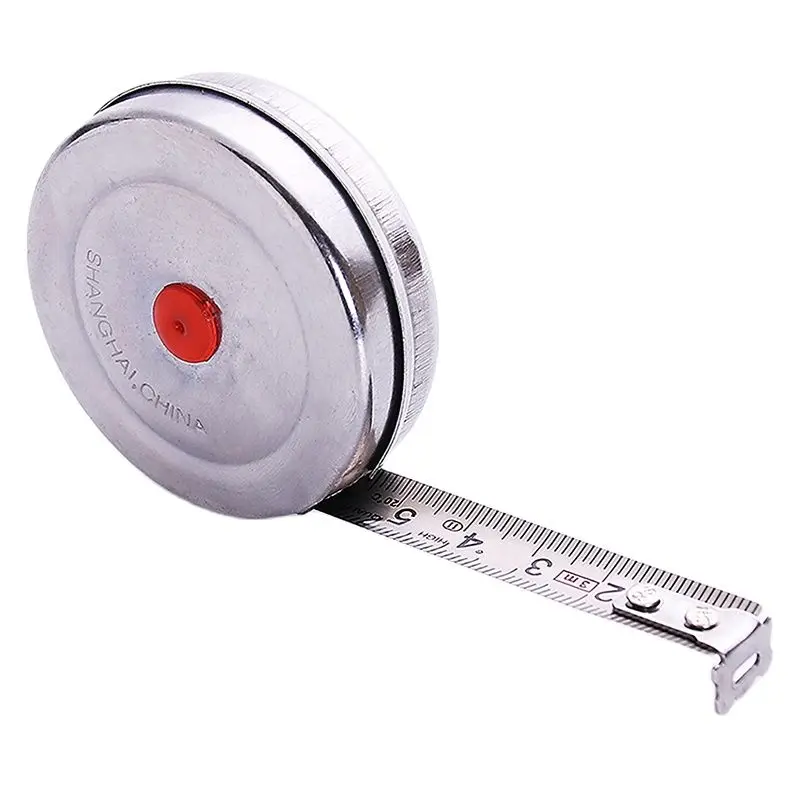 Choosing the Right Tape Measure with Easy-to-Read Fractions
Choosing the Right Tape Measure with Easy-to-Read Fractions
Selecting a tape measure that displays fractions clearly can significantly impact your efficiency and accuracy. Here are some factors to consider when choosing a tape measure with fractions.
Size and Layout of Fractions
Different tape measures have varying sizes and layouts for their fractional markings. It’s essential to choose one where the fractions are large enough to be read easily without straining your eyes. Additionally, a well-organized layout helps in quickly identifying the necessary measurements, especially in low-light conditions or when working at awkward angles.
Material and Durability
A tape measure’s material affects its longevity and precision. High-quality tape measures with durable coatings resist wear and tear, ensuring that the fractions remain visible and legible over time. Look for tape measures made from materials like stainless steel or certain polymers that offer both flexibility and strength.
Locking Mechanism for Stability
A reliable locking mechanism is vital to hold the tape in place, preventing it from retracting unexpectedly. This stability allows you to take accurate measurements without having to hold the tape constantly, reducing fatigue and increasing productivity.
Techniques for Reading Fractional Read Tape Measures Accurately
Mastering the art of reading tape measure fractions involves more than just glancing at the numbers. Here are some techniques to enhance your accuracy.
Breaking Down Fractions
Start by familiarizing yourself with the basic fractions on a tape measure. Practice breaking down larger fractions into smaller components. For example, understand that 1/4 inch is twice 1/8 inch and four times 1/16 inch. This breakdown helps in estimating measurements quickly and accurately.
Counting and Comparing
Use counting as a method to measure fractions effectively. For instance, if you need to measure 3/16 inches, count three of the 1/16 marks on the tape measure. Comparing these fractions with whole numbers can also aid in better visualization and understanding.
Visual Estimation
Developing the skill of visual estimation can complement your ability to read fractions. By regularly practicing, you can estimate lengths without needing to count each fraction precisely. This is particularly useful in tasks where time is of the essence or when measuring irregular shapes.
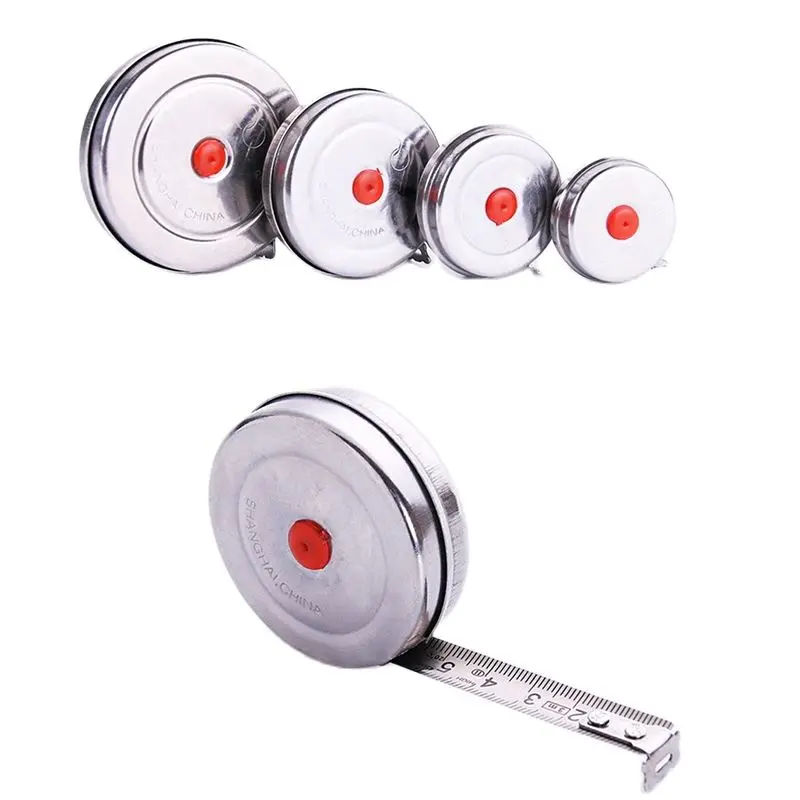 Common Mistakes When Using Tape Measure Fractions
Common Mistakes When Using Tape Measure Fractions
Even with a good understanding, users can make common errors when working with tape measure fractions. Being aware of these mistakes can help you avoid them and ensure more accurate measurements.
Misinterpreting the Lines
One frequent mistake is confusing the different lines that represent various fractions. Ensure you know which line corresponds to which fraction. For example, longer lines might denote larger fractions like 1/4 or 1/2 inches, while shorter lines indicate smaller fractions like 1/8 or 1/16 inches.
Relying Solely on the Tape
Another error is relying only on the tape measure without corroborating measurements. Using a square, level, or another measuring tool alongside your tape measure can provide additional verification, enhancing overall accuracy.
Not Accounting for Tape Bending
A common oversight is not accounting for the tape bending or kinking, which can lead to inaccurate measurements. Always ensure the tape is flat and taut when measuring to avoid discrepancies.
Advanced Tips for Precision with Fractional Read Tape Measures
For those looking to achieve even greater precision, here are some advanced tips to refine your measuring skills.
Familiarize with Decimal Equivalents
Understanding the decimal equivalents of fractions can be incredibly useful, especially if you work with both metric and imperial systems. For example, knowing that 1/16 inch is approximately 0.0625 inches can help in tasks that require conversions between fractions and decimals.
Use a Measuring Jig
A measuring jig can assist in holding the tape measure steady, allowing for more accurate readings. This is particularly helpful in repetitive measuring tasks or when working on large projects where maintaining a consistent measurement is critical.
Regularly Calibrate Your Tape Measure
Over time, tape measures can stretch or wear out, leading to less accurate measurements. Regularly check and calibrate your tape measure against a known standard to ensure it remains precise. This maintenance step is essential for long-term accuracy and reliability.
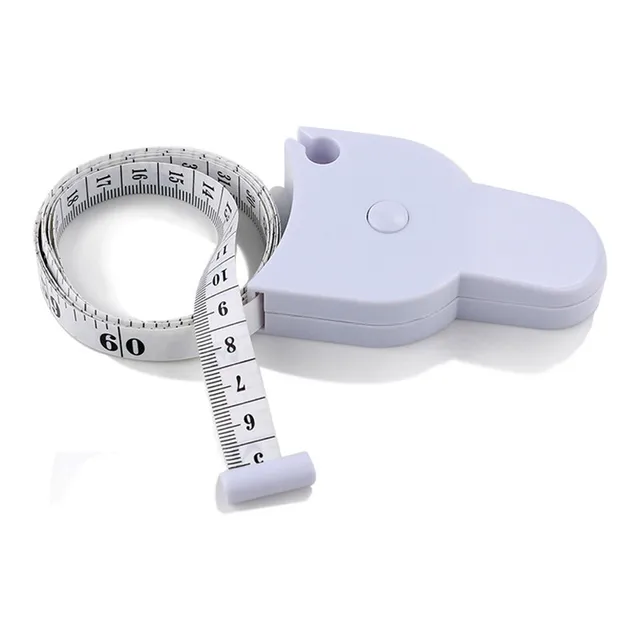 Integrating Fractional Read Tape Measures into Different Projects
Integrating Fractional Read Tape Measures into Different Projects
Understanding how to apply tape measure fractions in various projects can enhance your workmanship and ensure better results.
Carpentry and Woodworking
In carpentry, precise measurements are the foundation of quality work. Knowing how to read tape measure fractions accurately allows you to cut wood pieces to exact dimensions, reducing waste and ensuring that joints fit seamlessly.
Sewing and Tailoring
In sewing, even minor measurement errors can affect the fit of garments. Using tape measure fractions helps in marking fabric accurately, ensuring that hems, seams, and other elements are precise, leading to professionally finished clothing.
Home Improvement Projects
Whether installing shelves, cabinets, or fixtures, accurate measurements are crucial in home improvement. Tape measure fractions enable you to plan and execute installations with confidence, ensuring that everything fits as intended.
Comparing Fractional Read Tape Measures with Other Measurement Systems
While tape measures with fractions are prevalent in the United States and some other countries, other measurement systems offer different advantages. Understanding these differences can broaden your measuring capabilities.
Fractional vs. Decimal Measurement
Decimal measurement systems express measurements in base-10, making calculations straightforward, especially for those familiar with the metric system. In contrast, tape measures using fractions require a solid understanding of fractional relationships. Depending on your project needs and personal preference, you might find one system more intuitive than the other.
Metric Tape Measures
Metric tape measures use millimeters and centimeters, which can be more precise and easier to use for calculations involving percentages or scaling. However, for projects traditionally measured in inches and feet, tape measures with fractions remain the standard choice.
Laser Measuring Tools
Advancements in technology have introduced laser measuring tools, which offer digital readouts and often higher precision. While these tools provide convenience and advanced features, tape measures with fractions remain popular due to their simplicity, reliability, and lack of dependence on batteries or electronics.
Maintaining Your Tape Measure for Longevity and Accuracy
Proper maintenance of your tape measure ensures it remains a reliable tool for years. Here are some maintenance tips to keep your tape measure in top condition.
Regular Cleaning
Dirt and debris can accumulate on the tape measure, affecting its flexibility and accuracy. Regularly wipe the tape with a clean, dry cloth to remove grime and prevent rust or corrosion.
Avoid Overextending
Extending the tape measure beyond its intended length can cause it to bend or break, compromising its accuracy. Always be mindful of the maximum length and avoid pulling the tape too far out.
Store Properly
Storing your tape measure in a dry, safe place protects it from physical damage and environmental factors. Using a protective case or holster can help prevent accidental drops or impacts that might distort the tape.
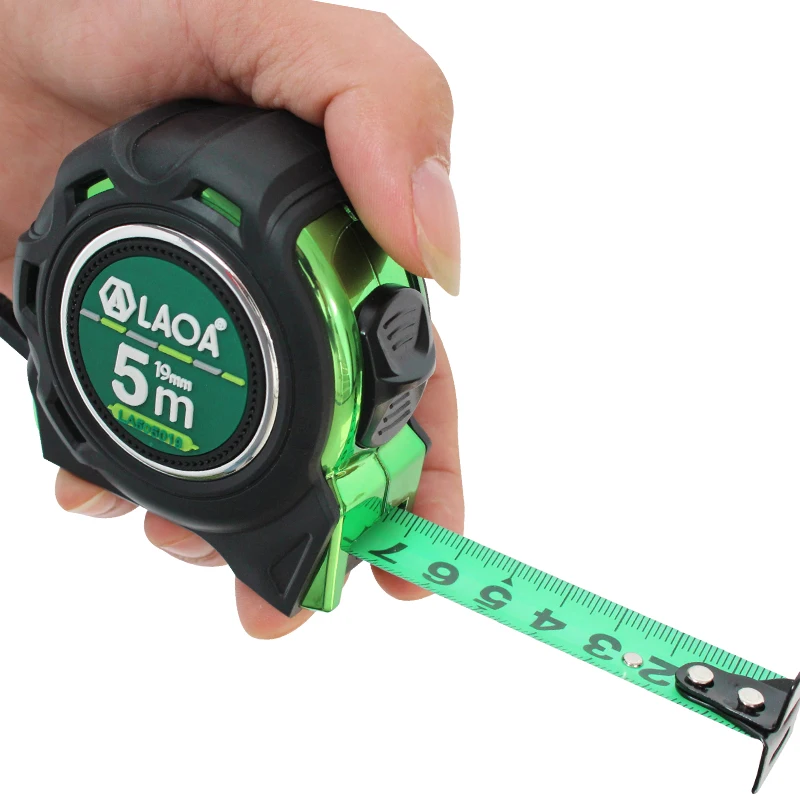 The Evolution of Fractional Read Tape Measures
The Evolution of Fractional Read Tape Measures
Understanding the history and evolution of tape measure fractions can provide a greater appreciation for this essential tool.
Early Measuring Tools
Before the advent of modern tape measures, craftsmen used fixed rulers and calipers for measurements. These tools required frequent repositioning and were less convenient for larger projects. The introduction of the retractable tape measure revolutionized measuring by offering portability and the ability to measure longer distances effortlessly.
Standardization of Fractions
As industries grew and standards became more critical, the fractional divisions on tape measures were standardized. This standardization ensured consistency across various tools and projects, making it easier for professionals to work together and maintain quality.
Technological Advancements
In recent decades, technological advancements have led to improvements in tape measure design. Features like magnetic hooks, dual-sided markings, and enhanced durability have made modern tape measures more versatile and user-friendly, further emphasizing the importance of accurate fractions in measurement.
Why Professionals Prefer Tape Measures with Clear Fractions
Professional craftsmen, builders, and designers consistently choose tape measures that display fractions clearly. This preference stems from several key advantages these fractions provide.
Enhanced Precision
Clear fractional markings enable professionals to take precise measurements quickly. This precision is crucial in fields where even minor discrepancies can lead to significant issues in the final product.
Efficiency in Workflow
With easily readable fractions, professionals can measure and mark materials more efficiently, reducing the time spent double-checking measurements. This efficiency translates to faster project completion and increased productivity.
Versatility Across Projects
Tape measures with fractions are versatile tools that can be used across various projects, from small-scale DIY tasks to large construction jobs. Their ability to provide accurate measurements in different contexts makes them indispensable in professional toolkits.
Integrating Digital and Fractional Measurements
While traditional tape measures with fractions remain widely used, integrating digital measurements can offer additional benefits. Understanding how to combine both can enhance your measuring capabilities.
Dual-Read Tape Measures
Some tape measures now feature both fractional and digital readouts. These dual-read tape measures allow users to switch between measurement systems, providing greater flexibility and accuracy, especially in projects that require both types of measurements.
Using Digital Converters
For those who prefer traditional tape measures but need decimal conversions occasionally, digital converters can be a handy accessory. These devices quickly convert fractional measurements to decimals, streamlining the measuring process and reducing the potential for errors.
Training and Adaptation
Integrating digital measurements with fractional tape measures may require some training and adaptation. However, once accustomed, users can benefit from the precision and convenience that both systems offer, leading to more accurate and efficient work processes.
Troubleshooting Common Measurement Issues
Even with the best tools and knowledge, measurement issues can arise. Here are some common problems and how to troubleshoot them.
Inconsistent Measurements
If you notice inconsistent measurements, first check the tape measure for damage or wear. A stretched or worn tape can lead to inaccurate readings. Recalibrate or replace the tape measure if necessary to restore accuracy.
Difficulty Reading Fractions
For users who struggle with reading fractions, practice is essential. Spend time familiarizing yourself with the different fractional markings and practice measuring various lengths to build confidence and proficiency.
Tape Snapping Back
If the tape measure snaps back too quickly or unpredictably, it may be due to a faulty locking mechanism or internal damage. Inspect the locking mechanism and, if needed, have the tape measure repaired or replaced to ensure stable measurements.
Enhancing Accuracy with Additional Tools
While tape measure fractions provide a solid foundation for accurate measurements, supplementing them with additional tools can enhance overall precision.
Combination Squares
Combination squares can help verify measurements by providing a right angle, ensuring that cuts and joints are precise. Using a combination square alongside your tape measure can validate your fractional measurements and improve overall accuracy.
Measuring Jigs and Templates
Creating measuring jigs or templates tailored to specific projects can streamline the measuring process. These tools can guide the tape measure, ensuring consistent and precise measurements across multiple repetitions.
Calipers and Micrometers
For projects requiring ultra-precise measurements, calipers and micrometers offer higher accuracy than tape measures. Using these tools in conjunction with a tape measure ensures that even the smallest measurements are exact, enhancing the quality of your work.
The Importance of Practice in Mastering Tape Measure Fractions
As with any skill, mastering tape measure fractions requires regular practice. Here are some ways to hone your measuring skills.
Daily Measurement Exercises
Incorporate measuring exercises into your daily routine. Measure the dimensions of various objects around your home or workspace, practicing reading and interpreting tape measure fractions accurately.
Simulate Real-World Projects
Simulate real-world projects by planning and measuring materials as you would in an actual task. This hands-on practice helps in applying fractional measurements effectively and adapting to different measurement scenarios.
Seek Feedback and Adjust
If possible, seek feedback from experienced individuals or use reference guides to check the accuracy of your measurements. Adjust your techniques based on the feedback to continually improve your precision and efficiency.
 Conclusion
Conclusion
In the realm of measuring tools, tape measures with fractions stand out for their versatility and precision. By understanding and mastering tape measure fractions, you elevate the quality of your projects, whether they’re simple DIY tasks or complex professional endeavors. Embrace the art of accurate measurement, and let tape measure fractions be your guide to achieving impeccable results every time.
